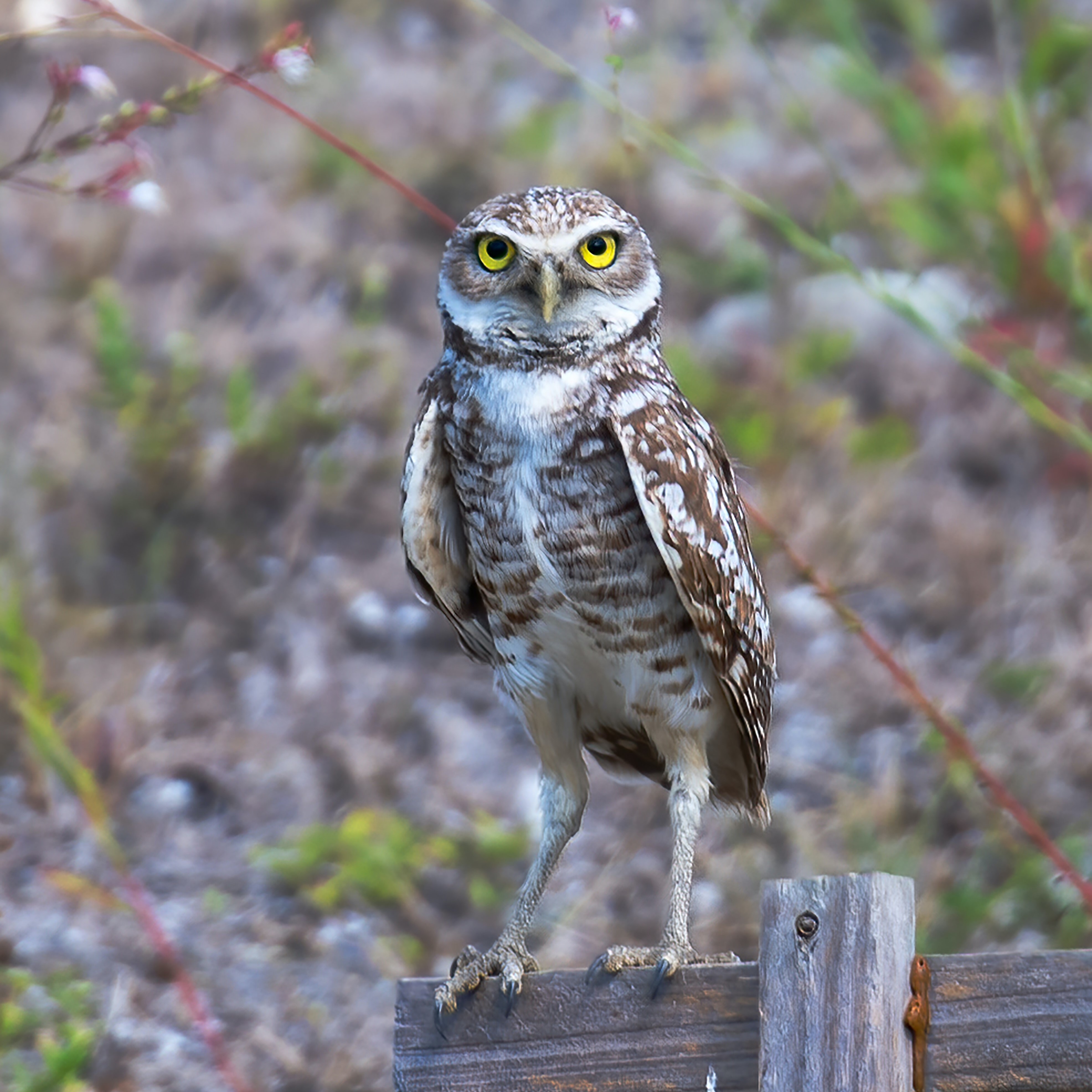Owls
Birds of Prey
Glass-like eyes watch from the trees, a glinting shimmer against the blackness of the night. Prey is spotted and stalked for long moments before quiet wings sweep down from the canopy to catch the chittering critter in sharp claws. For the moment, bellies will be filled and the night will move on towards the dawn, silent wings tucked against warm bodies as the creature falls to sleep as the dawn breaks.
Other little creatures awake in warming burrows, the sunlight painting the soil with streaks of warmth as the sun rises above the horizon. With caution and curiosity, tiny heads pop from within the burrows, turning bright eyes to what awaits them on the surface. Small bodies with move in and out of burrows and the sun reaches its zenith, gathering food and keeping a watchful eye on the hidden holes that mark their homes.
Owls are one of the most common birds of prey found throughout Isekai. Variations of this bird are scattered across the world, from the cold north of the Giant Steps Three and the Neither Tundra to the former Island of Blessings in the south and the Fire Islands in the west. Ranging in size from small to large, these creatures are active throughout the day and night, hunting for their prey and making their homes in both trees and beneath the ground.
Basic Information
Snowy Owl
Snowy Owl
by
Jevgeni Fil on Unsplash
Snowy Owls are some of the largest and most magnificent Owls found in Isekai. Their white feathers allow them to hide in the colder areas of the north and south where snow is prevalent.
Anatomy
Owls range greatly in size from smaller birds like Burrowing Owls to larger creatures such as Snowy Owls. A great number of owl species exist throughout the world but all owls have similar traits that set them apart from other birds of prey. These birds have large forward-facing eyes and ear holes, a beak similar to that of a hawk, a flat face, and a circle of feathers known as a facial disk that is around their eyes. The placement of these birds' eyes allows them a great range of depth perception that aids in hunting in low light. Owls also have the ability to rotate their heads and necks more than most other creatures due to the number of vertebrae in their necks. Having 14 vertebrae allows them to turn their heads without cutting off blood to their brains.Genetics & Reproduction
These birds are some of the most numerous and most varied in the world, possibly having over 100 subspecies as noted by Scholars. Because of their distinct facial feathers, it is nearly impossible to confuse an owl for anything other than what it is, leaving these birds as some of the most identifiable and the most named. Female owls are typically larger than males as it is believed the males need to be more streamlined for foraging while females need to be larger and more intimidating in order to protect the nest. Owls typically lay three to four eggs on average, but some types of owls can lay more or less. Most owls tend to mate for life but there are some owls that are more situational and will take multiple mates throughout their lives as the situation permits.Additional Information
Geographic Origin and Distribution
With so many subspecies, owls can be found in nearly every part of the world, including places such as the Neither Tundra, Either Tundra, Edge Tundra, and the Fire Islands which are considered harsh environments that do not support a great number of fauna. Wherever prey can be found to sustain the population, owls will make their homes there unless chased out of a given area by other birds, people, or predators.
As owls are some of the more sociable of birds of prey, it is not uncommon to find many types of owls living in the same area, especially if the habitat is available. Owls that make homes in the ground such as Burrowing Owls may share an area with Snowy Owls, Great Horned Owls, or others depending on what the flora and fauna of an area will support.
Burrowing Owl
Burrowing Owls are common throughout the Northern Continent of Isekai, but due to their appearance, size, and choice of habitat, few ever witness these marvelous creatures.
Genetic Descendants




Comments
Author's Notes
Enjoy the lore in this article? Discuss it in the Lore Discussion board!
Check out the other boards in the Discussion Boards and join in the discussion!